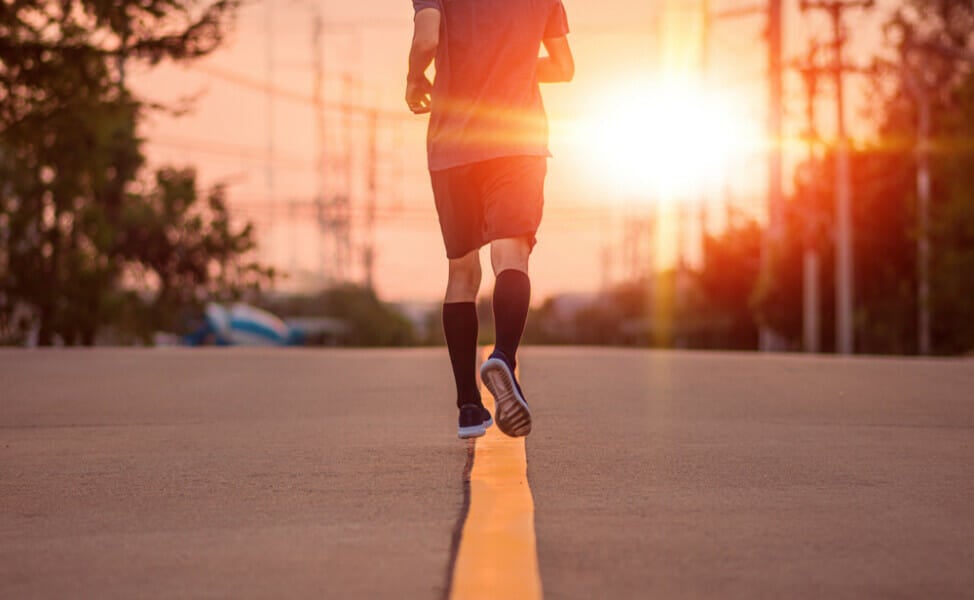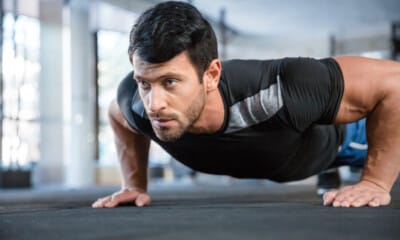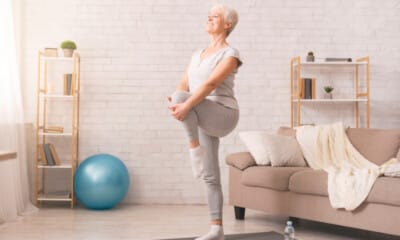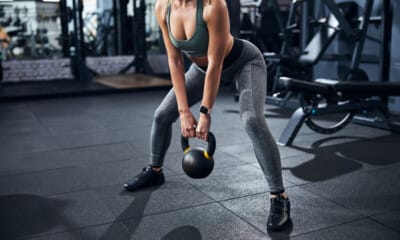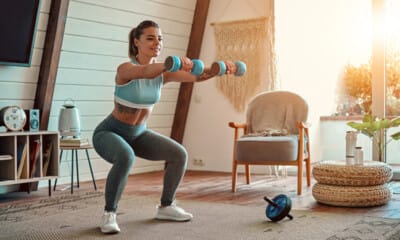Is Running Effective for Building Leg Muscle? What You Should Know if You’re Considering Swapping Leg Day for a Run
Even if you’re not a runner yourself yet, you likely know someone who enjoys running. Apart from hearing their stories of races and challenging training sessions, you might have observed that runners often have well-developed leg muscles.
Running helps to strengthen the lower body muscles, including the quadriceps, glutes, hamstrings, and calves.
But, can running alone be sufficient to enhance leg muscle mass? If you are thinking of replacing leg day at the gym with a run, will your legs still become stronger? To get some insights, we consulted Mindy Solkin, a USATF level 2 certified running coach and the founder of The Running Center.
How does running compare to resistance training?
While running does contribute to muscle strengthening, it may not be the most effective method for increasing leg muscle mass. Traditional resistance training activities such as squats, deadlifts, step-ups, and glute bridges are generally more beneficial, especially when incorporating dumbbells or other forms of weights. This is because running primarily utilizes body weight, whereas lifting weights with added resistance provides superior muscle overload, which is essential for triggering muscle growth.
Since running involves repetitive movements, it may lead to muscle imbalances where certain muscles are overused while others are underutilized. Solkin recommends balancing your running routine with strength training exercises that target opposing muscle groups to ensure holistic leg muscle development.
“It’s crucial to strengthen opposing muscles in coordination with each other,” she explains. “For instance, when working on the gastrocnemius muscle with calf raises, one should also engage in exercises targeting the anterior tibialis muscle (front of the lower leg) to achieve balanced lower leg strength and prevent injuries.”
Will running alone enhance your leg strength?
If you are curious whether solely running can provide ample strength, Solkin suggests that the answer depends on your objectives. In simple terms, strong enough for what? Strong enough for completing a marathon? Strong enough for squatting 100 pounds? Strong enough for safely carrying out daily tasks?
It’s also important to note that the level of leg strength gained through running is influenced by factors like the running terrain, duration and frequency of runs, running speed, and body weight. “A person running thrice a week on flat terrain at a leisurely pace will not develop as much leg strength as someone running six times a week on hilly terrain at a quicker pace,” Solkin explains.
The type of running training you engage in will also determine whether your regimen primarily enhances muscular endurance or strength/power. “A marathon runner, covering long distances, requires stamina, a result of sustained strength output,” notes Solkin. “On the other hand, a sprinter, involved in short bursts of movement, generates power, which is the capability to deliver maximal muscle contraction rapidly in explosive motions.”
Regardless of your running approach, incorporating strength training exercises can improve your running performance, reduce injury risks, and enhance overall efficiency. These strength workouts need not be extremely intense. For instance, Solkin has devised Runditioning
Moreover, while leg strength is crucial for runners, it’s also essential to not overlook other body areas. Solkin advises, “Although the legs and core muscles bear most of the load, strengthening your arms is equally vital. Robust arms aid in maintaining form and can improve uphill running efficiency by alleviating some pressure from the legs.”


